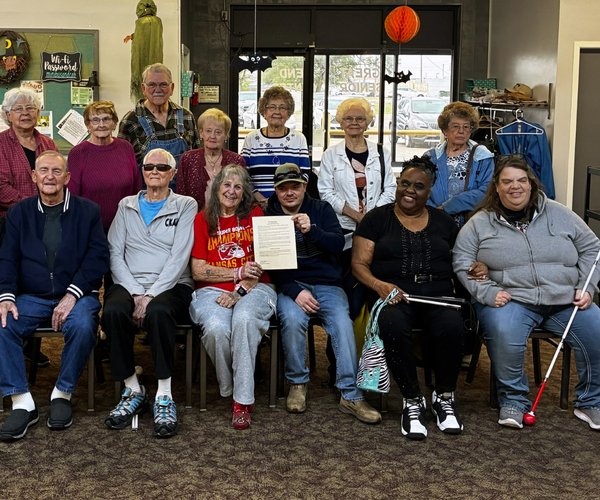It might seem like a simple, everyday movement, but the ability to get up and down off the floor is one of the strongest indicators of overall health, mobility, and longevity. As people age or become less active, this basic movement often becomes harder - but maintaining it can have powerful health benefits that extend far beyond convenience.
Getting on and off the floor requires a combination of strength, coordination, flexibility, and balance. It engages major muscle groups – especially in the legs, core and hips – while also testing joint mobility and motor control. Regularly performing this movement acts as a functional fitness test, revealing how well your body works as a unit.
According to a study published in the European Journal of Preventive Cardiology, researchers found that people who could sit and rise from the floor without using their hands had significantly lower risks of mortality. This movement is essentially a snapshot of physical capability and resilience. The easier and more confidently you can do it, the more likely your musculoskeletal system is functioning optimally.
One of the major health risks for older adults is falling. In fact, falls are a leading cause of injury-related death in people over 65. The ability to get up from the floor doesn’t just mean avoiding injury; it also means recovering quickly if a fall does occur. Being able to stand up without assistance reduces the fear and consequences of falling, promoting confidence and independence.
Incorporating floor-based movements into regular workouts can improve proprioception (the body’s ability to sense its position in space), which helps prevent instability and accidents. Simple exercises like Turkish gets-ups, deep squats, or even sitting cross-legged the floor and standing back up can improve this vital skill over time.
When you move from the floor to standing, your body uses a range of joints – ankles, knees, hips, shoulders, and the spine. Keeping these joints mobile and strong helps prevent stiffness, improves posture, and supports better functional movement patterns. Motion is lotion!
Additionally, core engagement is critical during the transition. Strengthening the core isn’t just about aesthetics – it plays a vital role in stabilizing the spine and supporting daily activities. Getting off the floor naturally trains these muscles in a way that mimics real-world needs.
Modern lifestyles often involve prolonged sitting in chairs, leading to poor posture and reduced mobility. Getting on the floor to play with kids, stretch, or simply read can reintroduce natural movement patterns that are often mission from daily routines. Even just sitting cross-legged or in a squat position periodically helps to maintain hip mobility and spine alignment.
Though it may seem basic, the act of getting up and down off the floor is a full-body movement that offers significant health insights and benefits. It supports longevity, mobility, independence, and injury prevention. Making this movement a regular part of your life – either through exercise or everyday activities – can help you stay active, capable, and confident as you age.
Stay tuned, next week we will discuss another marker of health and longevity!
Monique Koerner is the Family and Community Wellness Agent with K-State Research and Extension – Cottonwood District. You may reach her at: 785-628-9430 or moniquek@ksu.edu.





